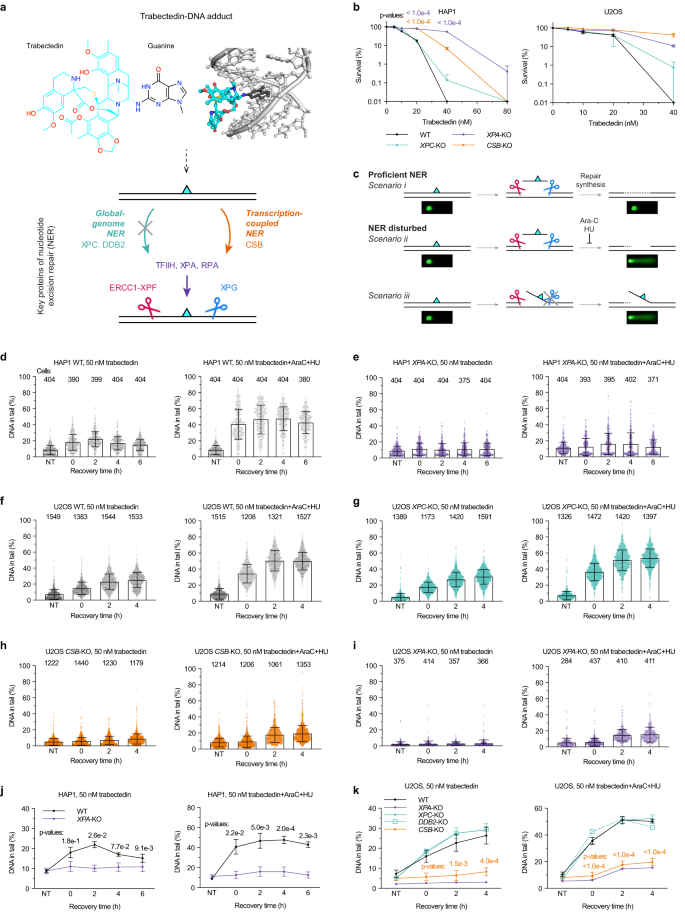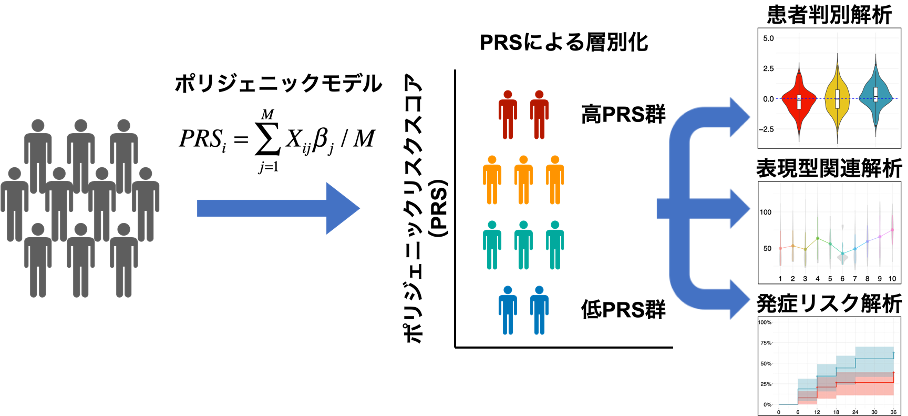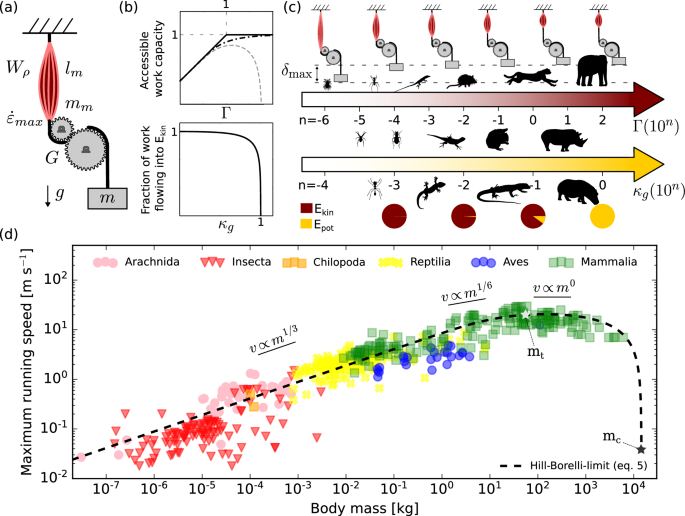2024-03-13 韓国基礎科学研究院(IBS)
<関連情報>
- https://www.ibs.re.kr/cop/bbs/BBSMSTR_000000000738/selectBoardArticle.do
- https://www.nature.com/articles/s41467-024-45664-7
トラベクテジンは転写共役型ヌクレオチド除去修復を阻害し、高転写遺伝子のDNA切断を誘発する Trabectedin derails transcription-coupled nucleotide excision repair to induce DNA breaks in highly transcribed genes
Kook Son,Vakil Takhaveev,Visesato Mor,Hobin Yu,Emma Dillier,Nicola Zilio,Nikolai J. L. Püllen,Dmitri Ivanov,Helle D. Ulrich,Shana J. Sturla & Orlando D. Schärer
Nature Communications Published:15 February 2024
DOI:https://doi.org/10.1038/s41467-024-45664-7

Abstract
Most genotoxic anticancer agents fail in tumors with intact DNA repair. Therefore, trabectedin, anagent more toxic to cells with active DNA repair, specifically transcription-coupled nucleotide excision repair (TC-NER), provides therapeutic opportunities. To unlock the potential of trabectedin and inform its application in precision oncology, an understanding of the mechanism of the drug’s TC-NER-dependent toxicity is needed. Here, we determine that abortive TC-NER of trabectedin-DNA adducts forms persistent single-strand breaks (SSBs) as the adducts block the second of the two sequential NER incisions. We map the 3’-hydroxyl groups of SSBs originating from the first NER incision at trabectedin lesions, recording TC-NER on a genome-wide scale. Trabectedin-induced SSBs primarily occur in transcribed strands of active genes and peak near transcription start sites. Frequent SSBs are also found outside gene bodies, connecting TC-NER to divergent transcription from promoters. This work advances the use of trabectedin for precision oncology and for studying TC-NER and transcription.


